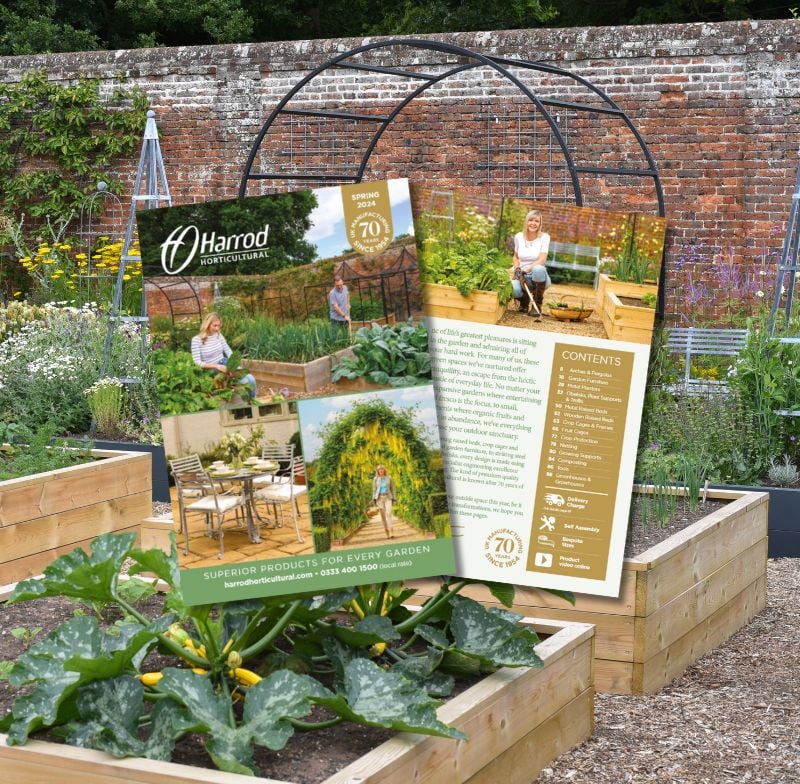Although we concentrate on vegetable growing and kitchen gardening, we receive a real cross-section of gardening queries for our experts to answer.
One such example is from Val Witham, who asked our horticulturist Martin Fiddes why she thought her climbing hydrangea was showing a reluctance to flower.
Here's what he had to say...
Usually the reason these hardy shrubs do not produce a colourful display of flowers is due to frost damaging the flowering buds over winter, as these form during the previous year and in harsh winters can be damaged – hence the age-old practice of leaving spent flower heads in place for some extra protection!
The solution to this problem – which may be exacerbated by the fact your plant is growing up a north facing wall and you live in Cumbria – is to provide some extra winter protection in the form of insulating fleece when particularly harsh frosts are forecast. Also keep an eye out for sharp late frosts as there’s nothing more heartbreaking than nurturing a plant through winter only to find one cold night has accounted for the summer’s flowers.
The other reason the climbing hydrangea may be reluctant to flower is because of incorrect pruning. Most shrub hydrangeas are pruned in late winter/early spring and usually a light tidy is all that is required – dead flower heads can be removed (or left for frost protection as above) and a few of the old stems cut down to the base of the plant to encourage new growth with plenty of flower buds. Any unwieldy and straggly stems can also be cut back to a healthy buds but the advice is don’t go mad!
Climbing hydrangea varieties however should be attended to straight after the flowering period is over with long and unwanted shoots cut back. The nature of climbers is to produce flowers towards the top of the plant so heavy trimming will take out wood which will support the following year’s buds and flowers; it’s therefore best to avoid doing this. You can give established climbing hydrangeas a hard prune to retain shape but look to the long term to drastically alter the plant as heavy and extensive pruning in one go will seriously reduce flowering for up to two years.
In short, it’s likely that frost and pruning are the likely reasons for the lack of flowers and I hope the information above will give you something to go on. Many thanks for your enquiry and let’s hope that next summer you see the amount of blooms increase!
If you agree with her, let us know - and if you don't, tell us why. We love to hear from you!
UK Manufacturing since 1954


























